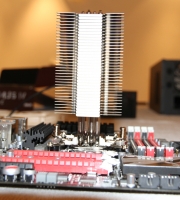
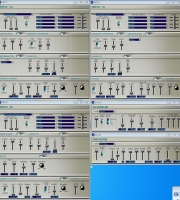
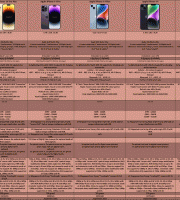
As anticipated, its performance was very close to the latter’s. Some reviews gave it the overall edge, though others criticised its ludicrous lust for watts and observed that while benchmark figures were impressive, the age old Multi-GPU issue of micro-stutter was especially pronounced and would greatly tarnish any game player’s experience. A prompt driver update proved sufficient to satisfy the majority.
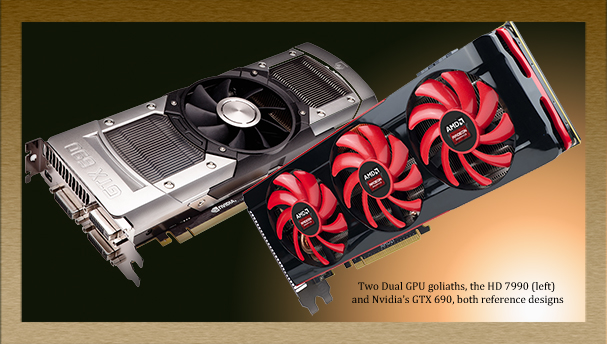
A month or so later, Nvidia decided it was time to establish a sterner grip on its coveted singles belt and delivered card that many felt could and should have materialised before the prohibitively extravagant Titan. Enter the GTX 780 a In short…two less streaming processors…a slightly quicker core…no double precision units…half the memory but almost half the price. Despite the defecits, this “Titan Lite” yielded precious little frames to its elder and was again superior to the 7970 GHz edition.
Ardent AMDers continued to grumble over the green teams’ pricing policy though there could be no denying that by merely unlocking further elements within an existing and highly productive design, Nvidia’s campaign for singles glory necessitated an innovative and convincing retort.
As we moved into winter, a new era of gaming was beginning to form. Multi monitor setups were growing in popularity as prices tumbled and refresh rates spiked while the ultra HD resolution of 3840×2160 a fourfold pixel hike over standard HD was soon to be an integral part of any reputable review. Suddenly, over the battlefield, there echoed some ominous murmurings from camp crimson regarding the masterpiece with which they planned to exploit such developments and in so doing, “ridicule” even the mighty Titan. Thus, in October, following almost two years of meticulous preparation, a genuine and inspired successor to the 7970 was born and hoard’s of AMD’s most loyal apologists were treated to a club class flight from Tahiti to Hawaii.
The glittering GPU proudly occupied the centre of the companies freshly built flagship, the R9 290X. Though architecturally derived from its ancestor, it sported a handful of notable discrepancies and innovations. A larger die, 438mm2, though still 30% slimmer than the Titan’s fully fledged “Kepler” and enough to play host to 6.2 billion transistors, 2816 stream processors, 64 render output processors and 176 texture units. A generous 4gb side order of DDR5 was added to the ensemble, some way off the Titan’s 6 but 1gb more than the similarly priced GTX 780 and with the tantalizing inclusion of a super spacious 512bit bus on which to cruise. A highly complex revision of powertune was intended to ensure optimum levels of performance via dynamically regulating temperature, fan speed and voltages far more quickly and in exceptionally fine increments, giving AMD the confidence to set the cards temperature limit to an infernal 95 degrees.
As benchmarks erupted over the internet, it soon became apparent that two years had not gone to waste. Overall, r9 290x appeared to have fulfilled its chiefly aim of overhauling the GTX 780 and whilst it might not have “ridiculed” the Titan, the additional memory on its big red bus proved of enormous assistance at Ultra HD, allowing it to frequently surpass both of Nvidia’s war horses and thus be declared the 4K king. The card also scaled magnificently when paired up in crossfire, and their performance against a tag team of Titans in SLI saw many a green eyebrow raised and singed.!
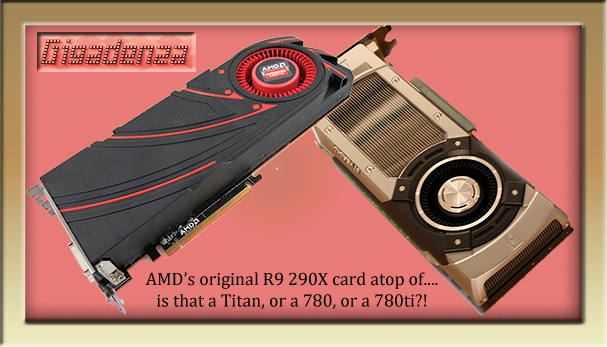
Many hailed this as the best of all possible outcomes for AMD, whilst others insisted that the card’s shockingly high thermal limit was not high enough to avoid it frequently throttling at its stock settings and that to consistently attain such impressive levels of performance, the user had to “cheat” and set it to “Uber Mode”, which elevated the fan speed from 40% to 55%, resulting in more noise and intolerable heat from a beast that already demanded more wattage than either of its rivals.